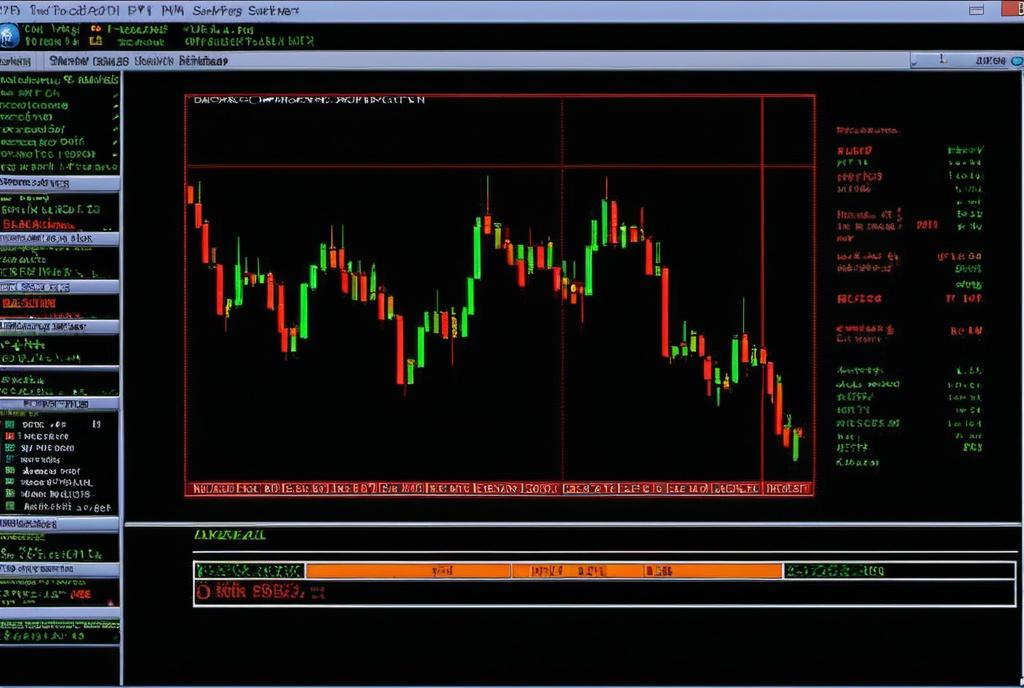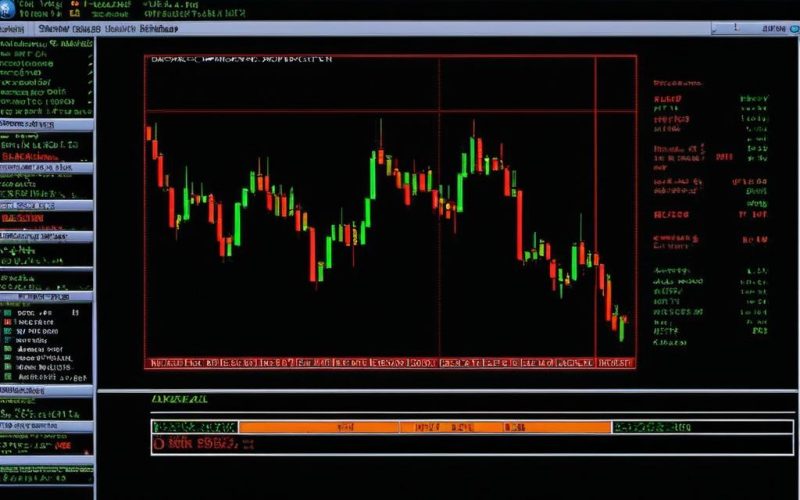Key Take Aways About ETFs (Exchange-Traded Funds)
- ETFs are mutual funds trading like stocks, offering diversified, low-cost investment strategies.
- They provide various options, from global indices to specific sectors.
- Unlike mutual funds, ETFs trade throughout the day, offering a flexible trading opportunity.
- Be mindful of expense ratios and trading costs that impact profits.
- HIT software supports trading with AI analytics and real-time data.
- ETF strategies include long-term growth, leveraged returns, and dividend income.
- Tools like HIT software enhance truly informed trading experiences.

Understanding ETFs: A Practical Guide
Exchange-Traded Funds, known as ETFs, have become a staple in the trading universe. They’re essentially mutual funds that trade like a stock on an exchange. Their popularity comes from offering a low-cost entry into diversified investment strategies without the hassle of buying and managing individual stocks or bonds. Picture them as the Swiss Army knives of the investment world—versatile, efficient, and handy.
ETFs might seem straightforward at first glance, but there’s more than meets the eye. They offer a range of investment options, from tracking a market index like the S&P 500 to zeroing in on sectors such as technology or healthcare. For those with an appetite for international exposure, ETFs tracking global indices or emerging markets can be quite appealing.
The Nitty-Gritty of ETF Trading
Trading ETFs is a bit like trading regular stocks. They can be bought and sold throughout the trading day at market prices that fluctuate based on supply and demand. Unlike mutual funds, whose prices are set at the end of the trading day, ETFs offer more flexibility for traders who thrive on immediate market opportunities.
Consider an investor who checks the market before breakfast, buys an ETF in the morning, and sells it by lunch, pocketing the change from the morning’s movements. It’s that kind of flexibility that pulls people in.
Costs: The Double-Edged Sword
While ETFs are generally lauded for their low fees, it’s important to remember that not all are created equal. The expense ratio is a key component, reflecting the annual cost expressed as a percentage of the fund’s assets. Additionally, don’t forget trading costs—those can sneak up on you like the delightful surcharge on your morning coffee.
An investor diving into the ETF game without considering these costs might just end up scratching their head, wondering where all the potential profits scampered off to.
HIT Software: A Trader’s Ally
HIT software, known for its trading prowess, offers an intuitive platform for actively trading ETFs. It’s like having an Iron Man suit for trading—complete with AI-powered analytics, real-time data, and the ability to execute trades at lightning speed. Even though Iron Man might have been fictional, HIT software’s capabilities aren’t.
Imagine sitting at your desk—coffee in hand, HIT software on the screen—making trades like a pro. It’s designed to help manage investment portfolios with precision, providing tools to slice and dice data in ways that make sense to you.
Strategies: Playing the ETF Game
Investors often employ various strategies to maximize returns. Some might be inclined to the long-term game, banking on the gradual growth of an index. Others might be more adventurous, dabbling in leveraged ETFs that aim to double or triple the daily returns of an index.
There’s also the allure of dividend ETFs, perfect for those who prefer a steady income stream. With HIT software, these strategies can be modeled and tested, offering a sandbox for traders to explore new ideas without the risk of real-world financial consequences.
In conclusion, ETFs offer a flexible and cost-effective way to participate in the market, combining the benefits of stocks and mutual funds into one instrument. Whether you’re a seasoned trader or a beginner, understanding how ETFs work and leveraging tools like HIT software can enhance your trading experience. It’s about making informed choices and being aware of the tools at your disposal to navigate the twists and turns of the market.
